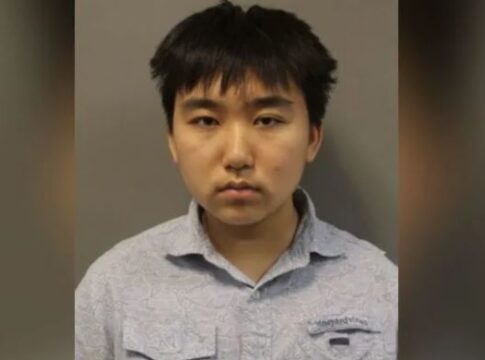By Rachel Lei, Nicole Sbitani, and Anshu Sharma
We, three Asian American alumni of Thomas Jefferson High School for Science and Technology (TJ) in Fairfax County, Virginia, commend our local representatives’ efforts to improve our alma mater through sensible, pro-equity reforms including removing the application fee and the admissions test. As proud 1st- and 2nd-generation immigrants spanning TJ’s classes of 1996, 2010, and 2017, we realize these changes are long overdue.
We unequivocally denounce all racism, including anti-Asian racism. To that end, we reject attempts to use Asian Americans as a talking point against the interests of under-represented groups in STEM.
Moreover, fixation on the fact that 70% of the TJ student population falls under the notoriously broad umbrella category of “Asian” ignores those Asian Americans who still remain dramatically under-represented relative to the local population. Even today, Asian Americans of lower socioeconomic status and Americans of Southeast Asian descent are systemically excluded from an equal shot at TJ due to disproportionate lack of resources and other barriers.
LATEST STORIES
No group has a monopoly on merit or brilliance. In light of this truth, it is clear that TJ is overlooking some of the best and brightest students in the surrounding districts. This must change, to the benefit of not only under-represented minorities but all students. Pro-equity reforms will raise the standards at America’s #1 high school and keep it competitive: in fact, the Fairfax County School Board’s merit lottery proposal would increase the GPA requirement for applicants.
RELATED: FAMILIES SUE OVER ANTI-ASIAN NO EXAM POLICY
The research is clear: students benefit from a well-rounded education where they are challenged intellectually and socially. TJ, which drew over 25% of its Class of 2022 from just two middle schools, is falling behind industry best practices. A more diverse TJ would better prepare all students–including Asian American students–for leadership and innovation in an increasingly globalized world.
Another alum, Marco Falconi, who spent his career in software engineering management for top-tier companies, recently highlighted three examples of why the lack of diversity in STEM fields results in significant costs:
- When he arrived at one firm, they were experiencing an unexplained low-incidence intermittent error in a web application. He figured out the problem in two weeks: an interaction between software libraries was causing a swapping of the numeric values for month and day in dates. Because of his international experience, he knew that people with other cultural backgrounds might reverse the order of month and date. Fixing this minor bug provided the firm with the confidence to go after international markets.
- Female-led startups, including in tech, account for less than 3% of venture capital investment while simultaneously outperforming average industry return rates. That historical and continuing gap has cost millions for startups and investors.
- National Institute of Standards and Technology research from 2019 showed that even the best American-developed facial recognition technology still fails to recognize Black women’s faces at 10 times the rate of White women. We also know that facial recognition software developed in Asia is similarly good at identifying Asian and White faces, but alternatives developed in the United States generate more false positives for Asian American, African American, and Native American faces.
Countless more examples abound. Health care algorithms based on projected future cost recommend less care to Black patients, and poorly designed bail algorithms replicate racial biases. Conversely, diverse teams deliver better results and more innovation.
In addition to TJ reforms, we also welcome efforts to improve other schools in the region. Less than 2% of all Asian American students in eligible districts attend TJ. For many reasons, some Asian American students choose not to apply to TJ, accept the offer of admission, or remain at the magnet school until graduation. Those students are just as deserving of opportunities to thrive.
We are grateful for the opportunities we have had and celebrate all academic excellence, including the STEM excellence TJ was designed to nurture and enhance. Many other highly respected magnet schools around the country already utilize open enrollment or lottery to ensure equity and diversity in their student bodies without compromising academic rigor. These pro-equity reforms are a necessary step that will bring TJ in line with the most cutting-edge research on how to optimize student outcomes. We are confident future generations of Asian American students at TJ and across northern Virginia will be even better prepared for success as a result.
Disclaimer from authors: The views expressed are the authors’ own and not necessarily those of the U.S. Government or any other entity.
AsAmNews has Asian America in its heart. We’re an all-volunteer effort of dedicated staff and interns. Check out our new Instagram account. Go to our Twitter feed and Facebook page for more content. Please consider interning, joining our staff, or submitting a story.










The title of the article suggests reforms needed at a school already ranked number 1 consistently. Yet there is no substance in the article about exactly wrong with the school or the admissions process that needs reform. One agreeable point is that brilliance is not monopoly for any one race. So why can’t all races compete thru a merit based process putting in hard work thru abundantly grey available resources? Why push for a lottery and depend on luck to get in?